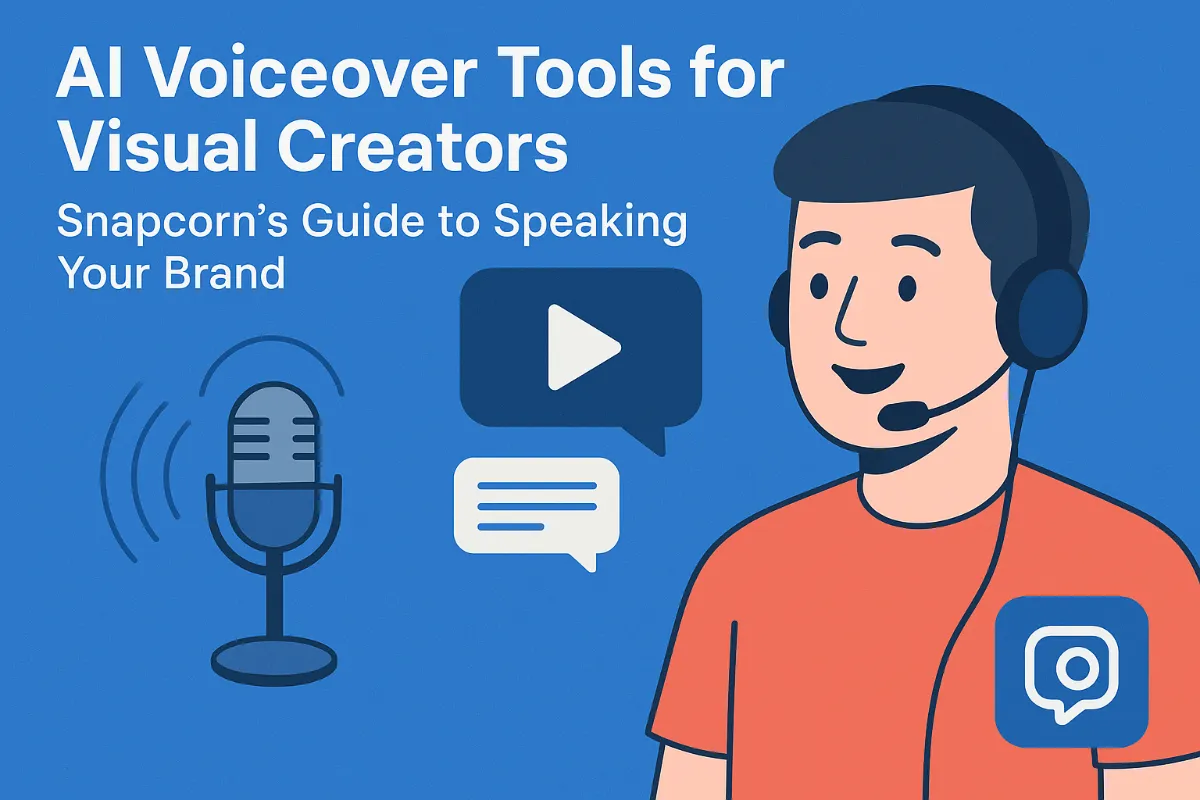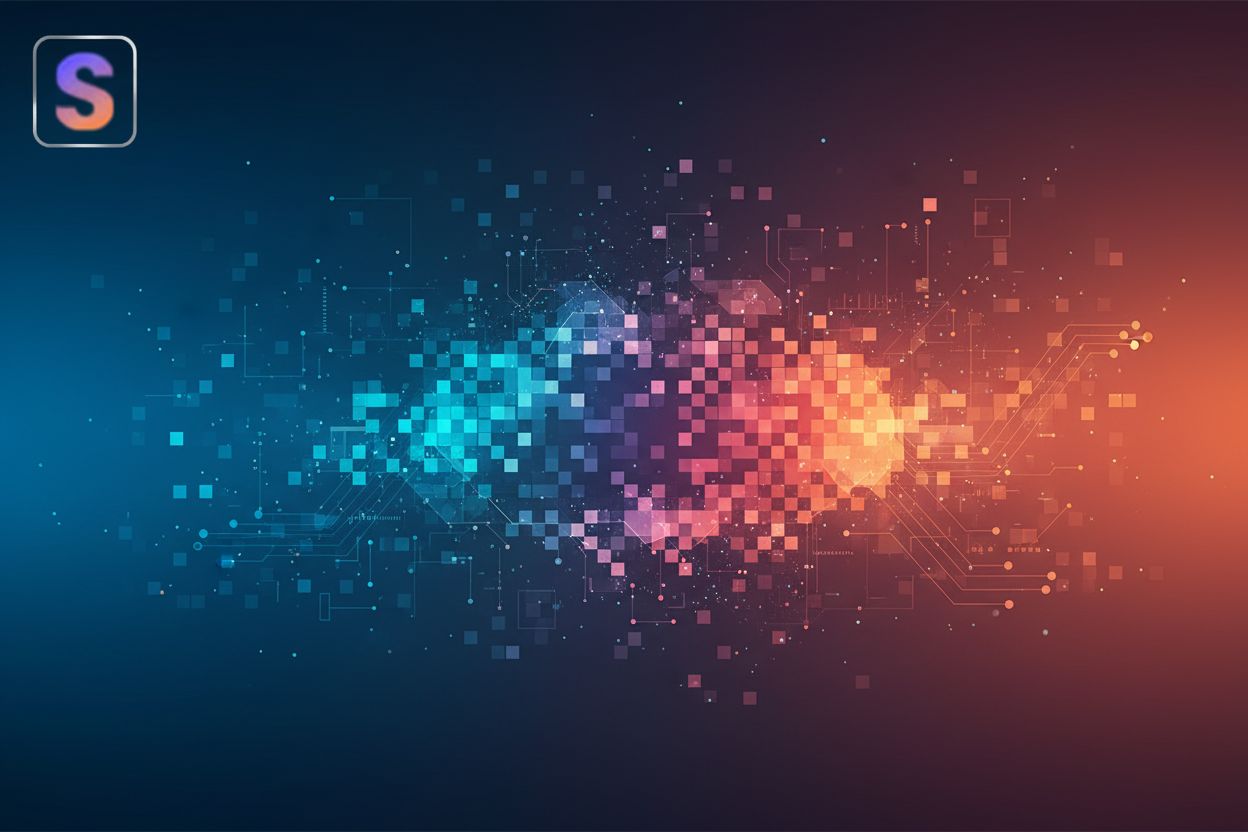Elevate Your Photography: A Guide to AI-Powered Color Grading Techniques
TL;DR
Introduction: The Rise of AI in Photography Color Grading
AI is transforming photography! But how? AI color grading offers exciting new ways to enhance images. (AI Color Grading: Enhance Your Images with AI)
- Speed: AI automates time-consuming tasks. (How AI Agents Automate Repetitive Tasks and Save You Hours) Tools like fylm.ai are making look creation way faster.
- Accessibility: All skill levels can achieve professional results.
- Creativity: Unlock fresh artistic possibilities.
Let's dive into how color grading has changed over the years before ai came along.
The Evolution of Color Grading (Before AI)
Before ai stepped in, color grading was a much more manual and time-consuming process. Think back to the days of film, where adjusting colors involved physical manipulation of the film stock itself – a highly skilled and often experimental art.
With the advent of digital photography and video, color grading moved to software. Early digital tools were basic, offering simple adjustments for brightness, contrast, and saturation. As technology advanced, more sophisticated tools emerged, allowing for precise control over individual color channels, curves, and color wheels.
Photographers and colorists would spend hours, sometimes days, meticulously tweaking each image or scene to achieve a specific look. This often involved creating custom presets or "looks" that could be applied to multiple shots, but the initial creation was always a labor-intensive endeavor. The goal was always to evoke a mood, enhance a story, or simply make an image more visually appealing, but the path to get there was paved with patience and a deep understanding of color theory and software.
Understanding AI Color Grading Techniques
Ever wondered how ai can automatically enhance your photos? It's all about sophisticated techniques that adjust colors to create stunning visuals! Here's a breakdown of how it works:
Ai analyzes images and automatically corrects common issues. For example, it adjusts white balance to neutralize color casts and optimizes exposure for balanced lighting. Also, it intelligently enhances contrast and saturation to make images pop, ensuring vibrant and visually appealing results.
This technique lets you apply a specific color style to your photos, whether it's a vintage film look or a modern cinematic grade. Ai can also match color grades across multiple photos, ensuring consistency in a series. Photographers can even create custom LUTs (Lookup Tables) with ai, allowing for unique and personalized color palettes. Ai-generated LUTs can often capture complex tonal relationships and color shifts that would be incredibly difficult to replicate manually, offering a shortcut to sophisticated looks.
At its core, ai color grading relies on machine learning models trained on vast datasets of images. When you upload a photo, the ai analyzes its content – identifying objects, scenes, and even emotional cues. It then uses algorithms like Convolutional Neural Networks (CNNs) to understand the image's characteristics. Color mapping in this context refers to how the ai translates the original color information of an image to a new color space or style. This can involve complex transformations that go beyond simple adjustments, intelligently shifting hues, saturations, and luminance values to achieve the desired aesthetic. For instance, ai might use techniques like Generative Adversarial Networks (GANs) to learn and replicate specific artistic styles or to intelligently enhance specific elements within an image.
Ai excels at detecting and enhancing faces in images, ensuring accurate and natural-looking portraits. It precisely adjusts skin tones for realistic results and uses ai-driven retouching to minimize blemishes and imperfections. This is particularly useful in portrait and fashion photography.
These ai color grading techniques offer powerful tools for photographers. Now, let's see how these techniques are put into practice with some handy software.
Top AI Color Grading Software and Tools for Photographers
Want to enhance your photos instantly? Ai color grading software can do it! Let's explore some tools that promise to streamline your workflow.
While Snapcorn offers a suite of ai-powered tools designed to quickly enhance your images, it's more focused on general image editing than deep ai color grading. It allows you to remove backgrounds, upscale resolution, restore old photos, and colorize black and white images. The best part? It's free and requires no sign-up.
Here's a closer look at its capabilities, keeping in mind its broader editing focus:
- AI Background Remover: Instantly remove backgrounds from photos, making it easy to create product shots or portraits with clean backgrounds.
- AI Image Upscaler: Increase image resolution, which is useful for printing or displaying photos on high-resolution screens.
- AI Image Restoration: Restore old or damaged photos, bringing them back to life.
- AI Image Colorizer: Colorize black and white photos, adding a new dimension to vintage images.
For more dedicated ai color grading, you might look into tools like Luminar Neo, which incorporates ai features for sky replacement, portrait enhancement, and overall image mood. Another option is Adobe Photoshop's Neural Filters, which offer ai-powered tools for skin smoothing and color transfer. These tools often leverage the techniques we discussed earlier, like intelligent color matching and style transfer, to achieve specific looks.
Snapcorn provides a convenient way to perform basic image editing tasks. It's a great option for photographers seeking quick and easy enhancements, but for advanced ai color grading, you'll want to explore software with more specialized features.
Practical Applications and Workflow Integration
Ai color grading is rapidly changing photography. How can you put these tools to work?
Ai can correct skin tones, create flattering lighting, and even remove distracting backgrounds. Consider these practical applications:
- Fashion Photography: Ai ensures consistent color grading across an entire shoot, saving time and maintaining a cohesive look. For instance, ai algorithms can analyze the color palette of a designer's collection and apply a consistent grade that enhances the fabric textures and colors, even under varying lighting conditions.
- Event Photography: Ai can quickly adjust white balance and exposure for hundreds of photos from a wedding or conference. This means less time spent manually correcting shots and more time delivering polished images to clients.
- Real Estate Photography: Ai can enhance interior shots, making them more appealing to potential buyers. It can intelligently brighten rooms, correct color casts from artificial lighting, and even subtly enhance architectural details.
Ai can balance colors, enhance details, and create moods in outdoor scenes. For example, ai might correct uneven lighting in a scenic vista, bringing out the subtle blues in the sky and the greens in the foliage without making the image look unnatural.
Ai can achieve consistent colors, remove backgrounds, and enhance textures for e-commerce. This is essential for showcasing products effectively. For example, ai can ensure that the color of a product remains true to life across multiple images, regardless of the lighting setup used during the photoshoot.
Tips and Best Practices for AI Color Grading
Ai color grading offers many possibilities, but how do you ensure the best results? Here are some tips to keep in mind.
- Start with High-Quality Images: Ai enhances what's already there, it does not fix poor images. Good lighting and composition are still key.
- Avoid Overdoing It: Subtlety often yields the most natural and appealing results. Ai can be powerful, but sometimes less is more.
- Experiment and Explore: Ai provides a starting point and enhances your artistic vision. Don't be afraid to tweak the ai's suggestions or try different presets.
- Understand the Tool: Different ai tools have different strengths. Familiarize yourself with what your chosen software can do best.
- Consider the Context: Think about the mood and message you want to convey with your image. Does the ai's suggested grade align with that?
Next, we'll delve into the regulatory and ethical considerations of ai color grading.
Regulatory and Ethical Considerations of AI Color Grading
As ai becomes more integrated into creative workflows, it's important to consider the regulatory and ethical implications. While ai offers incredible benefits, there are also potential pitfalls to be aware of.
One key area is data privacy. Many ai color grading tools rely on cloud processing, meaning your images are uploaded to external servers. It's crucial to understand how these companies handle your data and ensure they have robust privacy policies in place.
Another consideration is bias in ai algorithms. If the datasets used to train ai models are not diverse, the ai might produce biased results. For example, an ai trained primarily on images of one demographic might not accurately grade skin tones for other demographics. This can lead to unfair or inaccurate representations.
There's also the question of intellectual property and copyright. If an ai is trained on copyrighted material, who owns the output? This is a complex legal area that is still evolving. As a user, it's wise to be aware of the terms of service for any ai tool you use and to ensure you have the rights to the images you are processing.
Finally, the potential for misinformation and manipulation is a growing concern. Ai's ability to alter images so convincingly raises questions about authenticity. While color grading is a legitimate artistic tool, the ease with which ai can create hyper-realistic but fabricated images necessitates a critical approach to visual content.
Conclusion: Embracing the Future of Photography with AI
Ai continues to reshape photography, offering exciting new possibilities. How can you stay ahead?
- Embrace Ai: Integrate ai tools to streamline workflows and enhance creativity.
- Stay Informed: Keep up with the latest advancements in ai color grading.
- Experiment: Explore new techniques to create unique, stunning images.
Ai empowers photographers of all skill levels. Embrace the future and elevate your photography!





